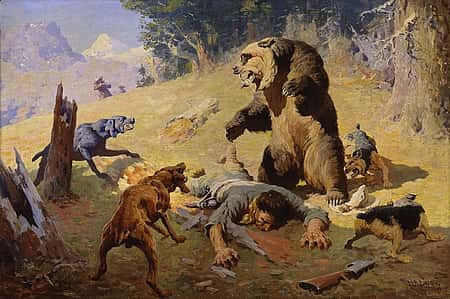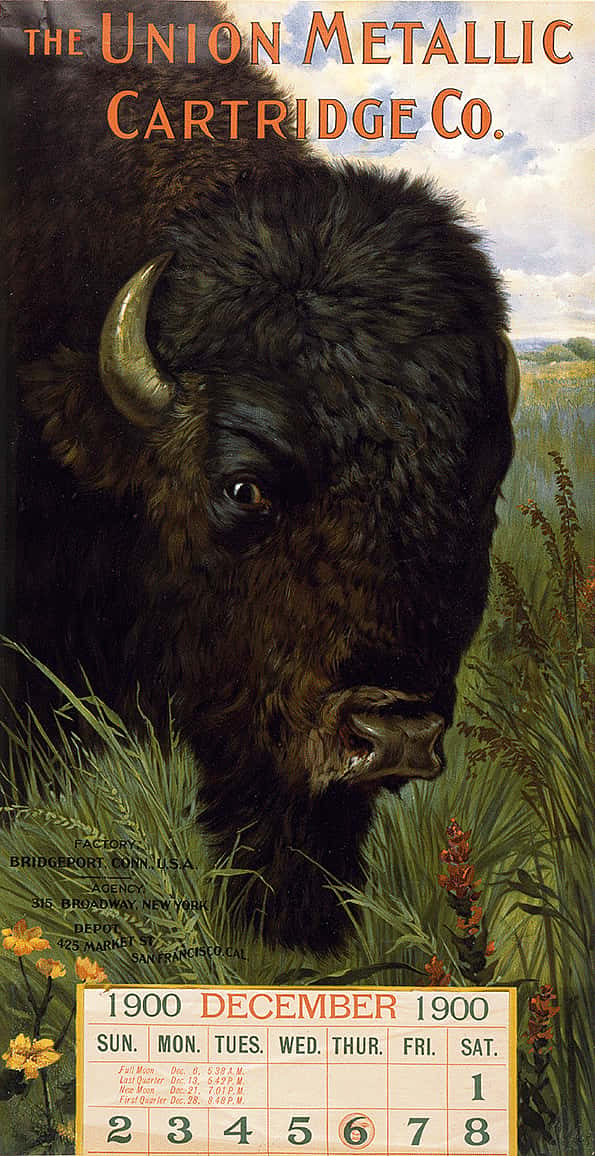Collections

Cody Firearms Museum Collections
Our Cody Firearms Museum was completely redesigned and renovated in 2019
The Cody Firearms Museum is one of the largest and most important collections of American and European firearms found in the United States. More than 6,000 objects in the collection chronicle the technological development of firearms from the earliest incarnations to the most modern forms.
The Firearms Collection
Early Days
The muzzleloading Hawken rifles were among the finest known to western mountain men during the late fur trade era. They were famous for their accuracy and reliability. The St. Louis gun shop of brothers Jacob and Samuel Hawken employed more than a dozen men and could produce about a hundred rifles a year. Many famous mountain men including Jim Bridger and John “Liver Eating” Johnson used Hawken rifles.

The rifle featured here has a 33.25 inch barrel with seven groove rifling and is signed “J. and S. Hawken.” The lock is marked “Kingsland & Co., Warranted.”
The Model 1803 was the first military rifle manufactured at an United States government armory. Lewis and Clark were possibly equipped with prototypes of this model, but production of the standard form shown here did not commence until the spring of 1804 due to difficulties in barrel manufacture, too late for use by Lewis and Clark, who started their expedition in 1804.

However, it is quite possible that the standard M1803 rifles were used by the Zebulon Pike expedition of 1806. The rifle pictured above has a .54 caliber 33″ barrel, the length of which was increased to 36″ on rifles manufactured after 1807.
Industrialization
In the Cody Firearms Museum, visitors learn how the ideas of mass production and interchangeable parts both originated in the arms industry. Mechanization of production saw its most rapid development in the United States prompted by the need to produce affordable firearms, as well as government incentives to produce identical firearms. American industrialists pursued the diverse goals of totally mechanized production and the manufacture of arms with interchangeable parts. These goals were almost simultaneously achieved by private factories and government arsenals during the mid-nineteenth century. The new techniques known as “universal manufactures,” were applied to other consumer goods almost immediately. Today the technologies initially developed in American firearms factories produce the majority of consumer goods available worldwide.

The Cody Firearms Museum also tells the manufacturing history of numerous firearms manufacturers including Winchester, Remington, Savage, Marlin, Parker Bros., Sturm, Ruger & Co., L.C. Smith, Ithaca Gun Co., Spencer, Smith & Wesson, Colt, and many others.
Follow the chronology of sporting and American military arms in the museum’s galleries, interspersed with the art and history of firearms manufacturing and use over the centuries.
Art and Ephemera
The Cody Firearms Museum also displays art and ephemera throughout, complementing the firearms on display. Original works by renowned artists such as William R. Leigh, N.C. Wyeth, and Phillip R. Goodwin are featured alongside wall calendars and advertisements from manufacturers.
Although Grizzly at Bay by William R. Leigh was based on a real experience, it contains one fictional element. Leigh accompanied Cody-area hunters on an expedition to provide a grizzly bear specimen for a Colorado natural history museum. When their hunting dogs cornered a grizzly, Leigh sketched and photographed it to plan his painting. To heighten the painting’s drama, Leigh added the figure of a fallen hunter.
In 1887, Union Metallic Cartridge Company (UMC) released its first illustrated calendar in an attempt to market its product line. The calendars were so successful as an advertising technique that the company continued issuing an annual calendar until 1901. For the 1900 calendar, UMC turned to American Lithograph Company of New York for the depiction of a buffalo by an unidentified artist. By 1902, the Union Metallic Cartridge Company had expanded to become the largest cartridge manufacturer in the world. Remington Arms Company acquired the Union Metallic Cartridge Company in 1912 to become Remington UMC Co.
Not only does the Cody Firearms Museum hold the day-to-day firearms that forged the myths and realities of the western saga, there are fine examples of presidential presentation models, magnificently embellished firearms, sporting rifles, and re-creations that allow the visitor to take a step back in time. From the flintlocks that bridged the Appalachians and the Rockies, to the revolutionary Winchester rifles and ubiquitous Colt’s handguns, the Cody Firearms Museum collection contains the guns that weaved the fabric of American history.

